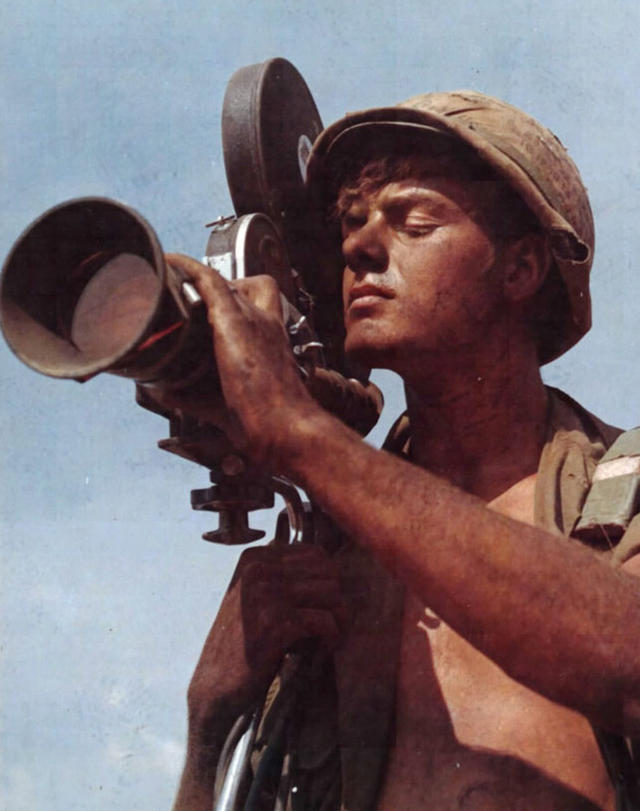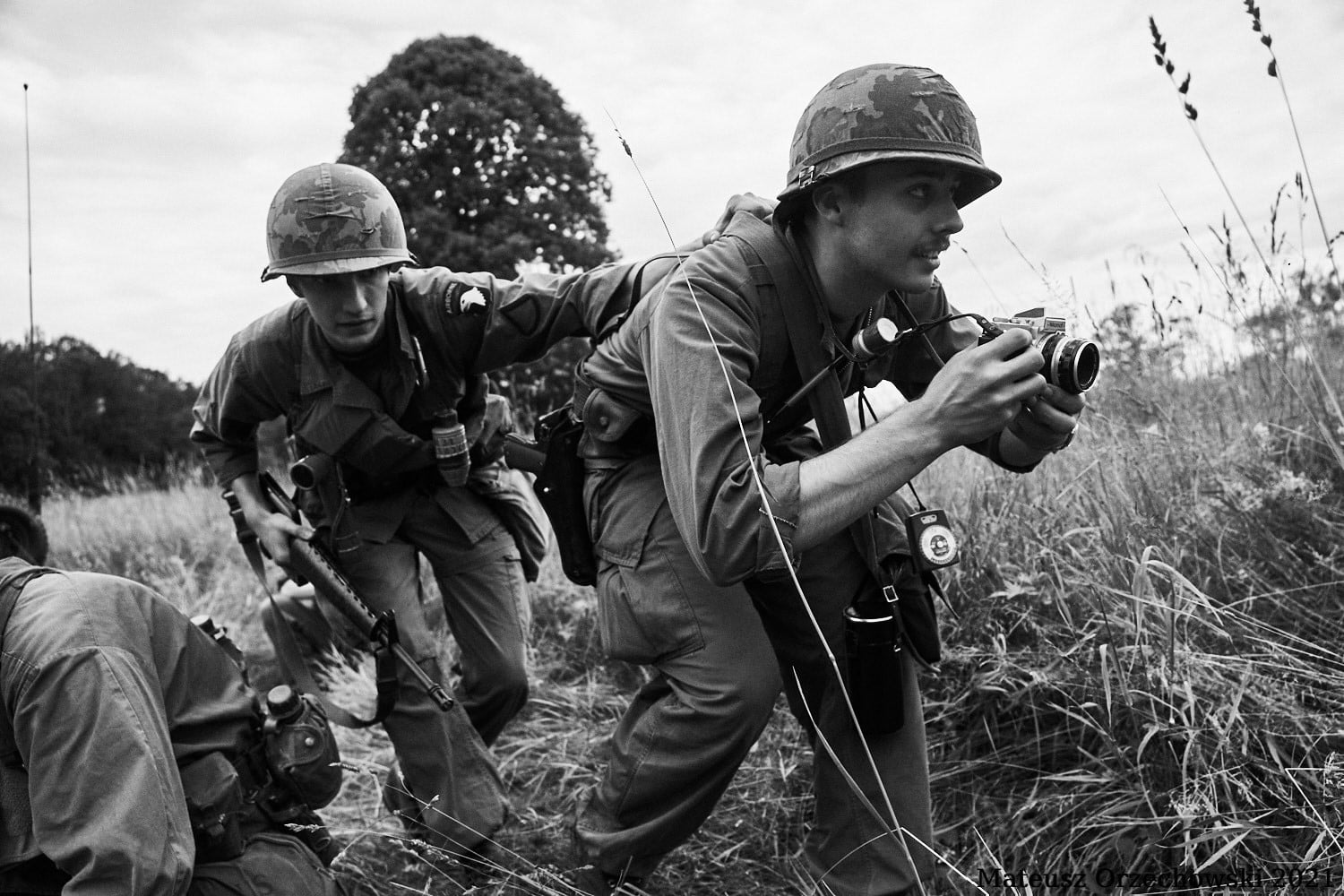By 1962 the world was becoming a very scary place punctuated by continuing confrontations between global communist and democratic powers, alongside growing civil, racial, and political unrest. In Southeast Asia, the Korean War brought an indecisive outcome, and the tide of combat in Vietnam now favored communist forces despite US advisors in place since 1956. Further, in 1961 alone there was an armed conflict between communist and democratic armies along the Chinese-Burma border, UN peace-keeping forces fighting at Kabalo and Katanga (Operation Rampunch) in the Congo, and the US-backed Bay of Pigs, a failed attempt to overthrow Castro’s regime in Cuba. In Europe, the Berlin Wall was constructed following decades-long Soviet blockades leading to the activation of more than 150,000 US guardsmen and reservists together with Operation Stair Step, the largest jet deployment in history. Then in October 1962, provoked by ongoing US efforts against Cuba (Operation Mongoose), the world held its breath as the nuclear war was wagered during the thirteen days of the Cuban Missile Crisis. Growing complexity on the world stage in combination with civil rights reformation made timely and accurate intelligence at the highest levels of government indispensable. So, in 1962 President Kennedy authorized the formation of an elite special-ops unit, liberated from red tape and able to deploy at a moment’s notice. A unit that did not need to wait for orders to mobilize and arrived armed with state-of-the-art equipment to carry out their mission. Christened D.A.S.P.O., Department of the Army Special Photographic Office, the corps was a special forces unit, of sorts, but comprised of combat photographers.

DASPO Was a New Command to Provide State of the Art Photographs and Films
The Pentagon charged Major Arthur A. Jones with designing and organizing a brand-new command to provide state of the art photographs and film to the Joint Chiefs, the Pentagon staff, and United States Congress. First headquartered at the Army Pictorial Center on the former Paramount Pictures lot in Queens, New York the staff later moved to the U.S. Army Photographic Agency at the Pentagon. To meet the demand for global coverage DASPO was comprised of three sections: DASPO CONUS (Continental United States), DASPO Panama, and DASPO Pacific. Photographers were free to operate with nearly unlimited access and took their orders directly from the Army Chief of Staff, General Decker. Decker’s very specific demands of DASPO included a full-time Rapid Response Team, highly mobile, and unencumbered with every member issued a top-secret clearance and the best equipment. The officers assigned to the unit coordinated activities while enlisted personnel served on the front lines to provide the photography.

The unit was populated by cherry-picking the best of the best from the staff at the Army Pictorial Center and students from the Army Signal School at Fort Monmouth, while staff began to fill the ranks of command positions with sound specialists, motion picture cameramen, and still photographers. Meanwhile, Jones (now a Lieutenant Colonel) and his staff kept a vigil for draftees with backgrounds that matched the unit’s mission. Comprised of lifers and green recruits, enlistees, and draftees, it would seem the only thing DASPO personnel had in common was that they had little in common, as few men followed the same path to the unit. When asked how he was selected for DASPO, retired Hollywood cameraman Stewart Barbee, who served as a DASPO motion picture cameraman from 1969-70 swears, “I still don’t know”. On the other hand, veteran photographer Peter “Rupy” Ruplenas had seen combat as a Signal Corps photographer in World War II and the Korean War before volunteering to DASPO in 1966.

The three branches of Department of the Army Special Photographic Office operated similar to one another with geographic responsibility the distinguishing difference. Headed by SFC Jack Yamuguchi, DASPO CONUS (Continental United States) was based in the United States, but unlike DASPO Pacific and DASPO Panama, DASPO CONUS was capable of being sent anywhere in the world. In one example, President Johnson sent troops to the Dominican Republic in 1965 to secure the peace after civil unrest broke out. When the Pentagon lost contact with the DASPO Panama detachment a team from DASPO CONUS was dispatched to cover the rebel invasion. Coming under direct fire the men were able to disguise themselves and complete the mission, filming the rebel’s strength, combat positions and equipment to earn the Combat Army Commendation Medal. The Panama Detachment, smallest of the three DASPO entities, totaled eight photographers and was based at Fort Clayton in the Panama Canal Zone, documenting US training inside the Canal Zone, natural disasters and political developments in Central and South America.

The Pacific Detachment of Department of the Army Special Photographic Office (“Team Charlie”)
By far and away the Pacific Detachment of Department of the Army Special Photographic Office, nicknamed “Team Charlie”, was the most active of the DASPO sections due to its coverage of Vietnam combat operations. Based in Fort Shafter, Hawaii DASPO Pacific sent rotating teams of photographers into Vietnam for three-month tours of duty, in contrast with conventional combat photography units whose personnel served standard one-year deployments in-country and covered only their unit’s activities. Teams usually consisted of a commanding officer, a non-commissioned officer, and between ten to eighteen enlisted sound specialists, motion picture cameramen, and still photographers. Although other military departments and press organizations sent their own photographers into the war zones, DASPO was considered “the Army’s elite photographic unit” with unprecedented access to the action.


Team Charlie operated out of a rented three-story gated house in Saigon only minutes from the Tan Son Nhut Airbase. Dubbed “The Villa,” this compound served as both office and barracks from which two and three-man teams would rotate into the field. Department of the Army Special Photographic Office photographers followed combat units into every type of terrain in Vietnam; jungles, Highlands, urban settings, swamps, rice paddies, … capturing the war from a soldier’s view and putting themselves at personal risk, suffering the same hardships. Documenting the action at Khe Sanh, Dak To, the La Drang Valley, and countless other operations, photographers would become part of the unit they were covering, enduring what the unit endured, and staying with it until the mission ended or they ran out of the film. In one case, Spc. 5 Theodore “Ted” Acheson arrived in Vietnam February 1968, just days after the Tet Offensive began and was wounded during a firefight near the city of Hue. Later, during a firefight near La Chu Acheson filmed a squad of soldiers destroying a series of enemy bunkers, again exposing himself to hostile fire and shooting one of the only films documenting actions that resulted in a soldier receiving the Medal of Honor, Spc. 4 Robert Patterson. “The film also shows other acts of valor that resulted in two Silver Stars and five Bronze Star medals”, Acheson noted.

The Primary Purposes of DASPO
The primary purpose of DASPO was to inform the Pentagon and the Department of the Army, but their iconic photos and film often accompanied news reports and fed daily television coverage for consumption by the American public, bringing realities of the Vietnam war into millions of homes. Much of the material they shot was classified at the time and intended either for analysis or use in combat training, but approximately twenty-five percent of their material was made available for publication during and after the war. According to Captain William D. San Hamel, “the soldiers of DASPO never knew where their products might show up and are still surprised today to suddenly see their work appear. The Army would actually hold auctions where the news media would bid on the photos and footage”, he said.

The photographs and film captured by DASPO document the Vietnam War and are now historical artifacts of this period. After the war, DASPO members established the DASPO Archive and a scholarship fund at Texas Tech University. The scholarship funds the preservation of images and audio recordings in the names of Kermit H. Yoho and Charles “Rick” F. Rein, DASPO members who were killed in action in Vietnam. Specialist Yoho was killed on February 10, 1966, when he was hit by an exploding grenade only seven days before returning to Hawaii following his last 90-day assignment in Vietnam. Sargent Rein was shot down in November, 1968 by hostile enemy action while flying over the Kontum province.

On March 29th, 1973, the last US combat troops left Vietnam following the signing of a peace agreement in Paris and ending over ten years of US intervention. Likewise, the government draft was ended in favor of a volunteer military and the country began a widespread postwar downsizing. DASPO Pacific was closed in December of 1974, with the remaining personnel and equipment transferred to DASPO CONUS. Eventually, all three DASPO detachments were consolidated and renamed the Army Special Operations Pictorial Detachment at Fort Bragg. Today the Army’s 55th Combat Camera Company at Fort Meade carries out the mission that began with the formation of DASPO in 1962.

During its thirteen-year history approximately 325 persons served in roles with the Department of the Army Special Photographic Office, 200 of them as soldier-photographers. Not surprisingly, most continued on to prestigious careers in military and civilian life as photojournalists, advertising executives, Smithsonian and National Geographic photographers, Hollywood special effects cameramen, and news correspondents. The extraordinary images DASPO photographers captured will live as historical artifacts, a permanent and powerful record of the war and global events during an uncertain and highly controversial time, preserved for future generations.
Read About Other Famous Army Units
If you enjoyed learning about Department of the Army Special Photographic Office (DASPO), we invite you to read about other famous military units on our blog. You will also find military book reviews, veterans’ service reflections, profiles in courage and more on the TogetherWeServed.com blog. If you are a veteran, find your military buddies, view historic boot camp photos, build a printable military service plaque, and more on TogetherWeServed.com today.

Thanks so much for the beautiful write up on our unit. DASPO was the best experience of my life.
So honored to have had a career as an Army photographer/pictorial officer. Had some great photo assignments. Two most prestigious in photography was Chief Pictorial Branch USACDCEC Fort Ord and, of course Commander, DASPO Panama 1970-1974. Commanding Bravo company 125th Signal in combat was also an unforgettable assignment. The men I served with in DASPO were the best.
Larry,
I would love to learn more about your DASPO career – my father served during Vietnam and I am extremely interested in putting together a documentary about the people who served with DASPO
Proud to have served with this elite unit from October 1965 to March 1968. Rest in peace my friends and fellow cameramen Kermit Yoho and Rick Rein. You gave all!
My father (Dick Richards) served with DASPO during Vietnam. He passed away in 2000; however, he did have a chance to attend several reunions. I having spinal surgery at the end of this month (September 2022) and as soon as I recover I plan on working on documentary/book/podcast series about DASPO. If anyone would like to help and/or served with DASPO and willing to share your story for this project please contact me at [email protected] or search for my podcast (the art of floundering)
ALL PHOTOS MISSING FROM TEAM CHARLIE DASPO 1962. US ARMY ADVISOR VIETNAM WAS MANDATORY VIEWING PRODUCED BY DASPO 1962. SPECIAL BULLETIN #9 WOULD LIKE TO FILL IN ANY ADDITIONAL INFO FOR HISTORY. I WAS TEAM CHIEF. BELEIVE WE SENT BACK FIRST C0MBAT FOOTAGE FROM DASPO.